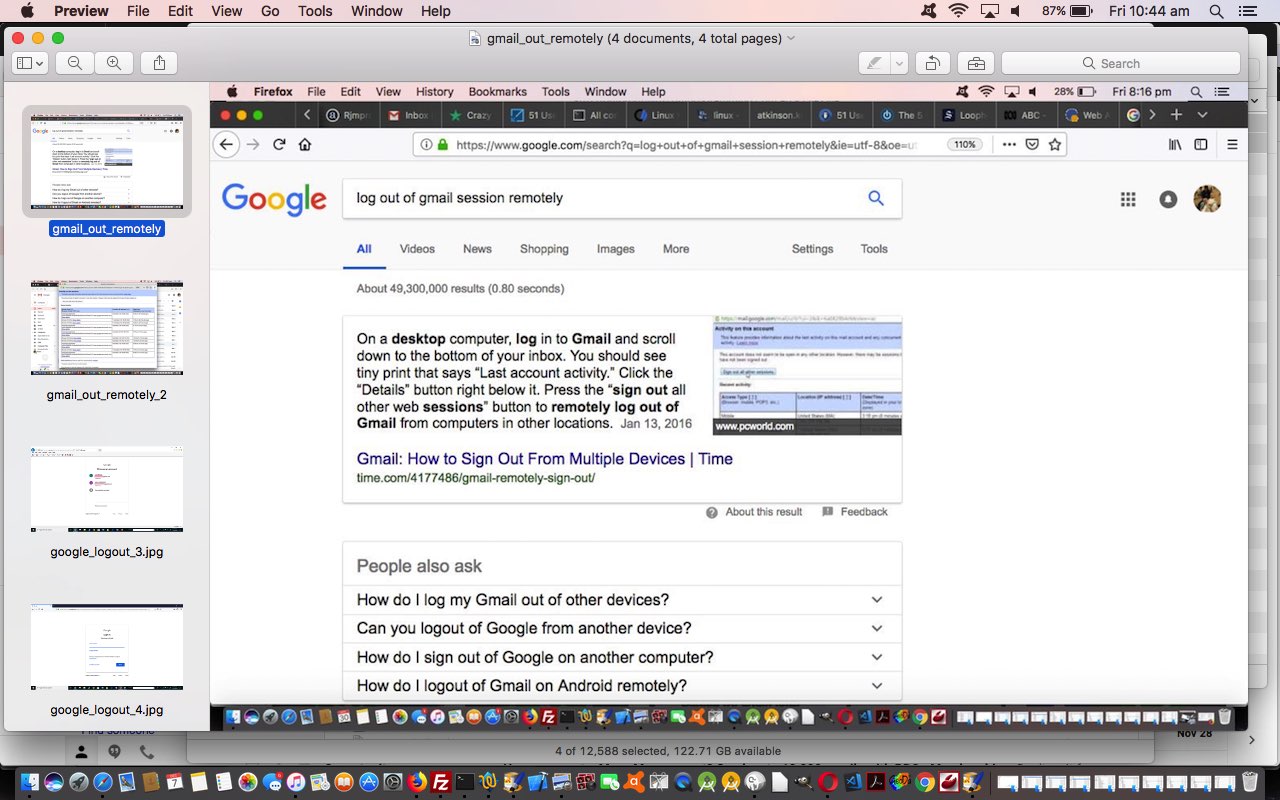We really enjoy using email.
We really really enjoy webmail via a web browser address bar URL, even more than a desktop (or mobile desktop) email client program mode of use.
We really really really enjoy the sending of data (as if “in the ether”) via email attachments that could have been documents created by other web browser produced means, such as Google Docs, and amendable “on the fly” that way, and resent (even forwarded … to see where you’ve been, with versions) via attachments on that “webmail via a web browser address bar URL” approach (but like Dean Martin, we would accept “cards and letters” sent via “desktop (or mobile desktop) email client program), the main point being the flexibility and agnostic possibilities, here, for the sharing and transmission of data.
But … and didn’t you just know there’d be a Scottish kitchen or living quarters of a 2-room cottage involved … you must be aware of one peril regarding webmail usage. You should remember wherever you are in transit using your favoured webmail product, ours being Google‘s Gmail, that you log out of “Gmail instances” you were temporarily at, and leave behind. Why? Well, supposing you do this at a Windows 10 desktop PC, that is, not log out (or sign out) of your webmail Gmail session, and even if you have shutdown since, the next user, whoever that is, using that PC, who types “https://gmail.com” into that web browser’s address bar, may be sent straight into your Gmail mailbox, no questions asked. From there, they could change your Gmail password, in all likelihood, perhaps leading to you losing control of your Gmail account and email.
I committed this sin last Friday, the 30th November 2018 with the PC I’m typing on. Daresay, there have been ten to twenty different people since using it, and have no doubt there would have been one or two tempted to type “https://gmail.com” into this web browser’s address bar. Would they have got into my email? Think so, alas, except for the fact that last Friday night, remembering my sin, I looked up “just hoping really” whether Gmail webmail could log me out remotely from the still active Gmail session on this PC. Lo and behold, yes, you ideally do it from your usual “Gmail webmail” “place of residence” place (ie. for us, Firefox on a MacBook Pro), and we’d like you to see the steps (in today’s PDF slideshow) corresponding to the good advice, thanks …
- On a desktop computer, log in to Gmail … and …
- scroll down to the bottom of your inbox. You should see tiny print that says “Last account activity.”
- Click the “Details” button right below it.
- Press the “sign out all other web sessions” button to remotely log out of Gmail from computers in other locations.
And how do I know it worked? We came back here to the offending Windows 10 desktop PC here the following Friday, get to the same web browser as used that previous Friday, type “https://gmail.com” into the web browser address bar (URL) and see that …
- we do not arrive at a mailbox Inbox (of any sort) … and also …
- our Gmail email address is not offered as one that is a possibility at the login webpage presented by Gmail
Ahhhh! Will think twice when shutting down PCs later today.
If this was interesting you may be interested in this too.



